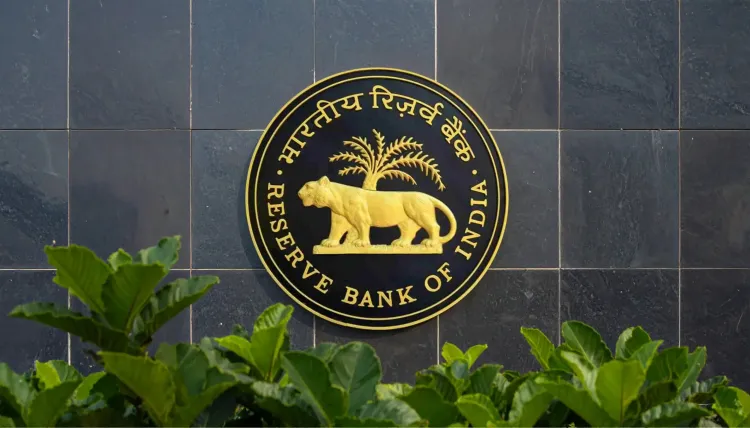Will RBI’s Decision to Lower Risk Weights for NBFCs Enhance Lending and Competitiveness?

Synopsis
Key Takeaways
- RBI’s initiative to lower risk weights aims to boost NBFC competitiveness.
- It aligns NBFC regulations with those of banks.
- Encourages efficient capital allocation for de-risked assets.
- Supports long-term funding from institutional investors.
- Aims to maintain high asset quality among NBFCs.
Mumbai, Oct 7 (NationPress) The Reserve Bank of India’s initiative to reduce risk weights for Non-Banking Financial Companies (NBFCs) extending loans to high-quality operational infrastructure projects aims to boost future competitiveness, lower financing expenses, and amplify the lending capabilities of NBFCs, according to a report released on Tuesday.
This adjustment seeks to bring NBFC regulations in line with those of banks, which benefit from reduced capital obligations for assets with high ratings, as detailed in the report from CareEdge Ratings.
“By distinguishing between operational and under-construction projects, NBFCs will be able to allocate capital more strategically to de-risked assets, which will in turn lower financing costs and enhance lending capacity,” the firm stated, expressing support for the RBI's decision.
While NBFCs currently possess robust capital reserves, this change is anticipated to bolster their future competitiveness and capital efficiency, as noted in the report.
The report further indicated that with the growth of infrastructure lending by NBFCs—particularly in the power sector—this measure will facilitate long-term funding from institutional investors and fortify the overall infrastructure financing environment.
Moreover, it encourages NBFCs to uphold high asset quality, potentially linking incentives to external credit ratings and performance indicators.
Some NBFCs, including Infrastructure Debt Funds (IDFs) and Infrastructure Finance Companies (IFCs), already apply a lower risk weight (50 percent) to loans secured by robust tripartite agreements, although this does not apply to other wholesale lending NBFCs.
The suggested modifications aim to bridge this gap, which could lead to a reduction in the capital costs for completed infrastructure projects and motivate NBFCs to increase their lending in this sector.
This initiative aligns with the RBI’s revised project finance guidelines, which took effect on October 1, 2025. These guidelines introduce stricter criteria for projects still under construction. While the initial draft proposed a 5 percent provisioning requirement, the finalized version has relaxed it to 1 percent.









